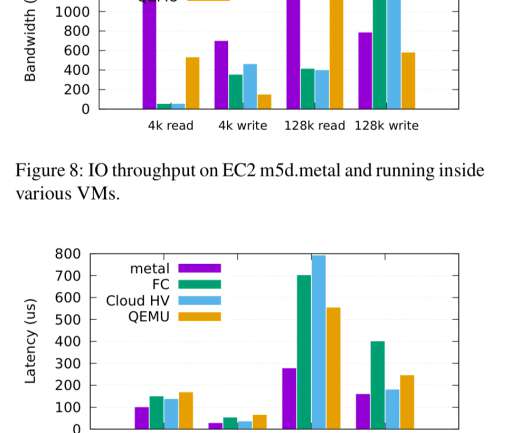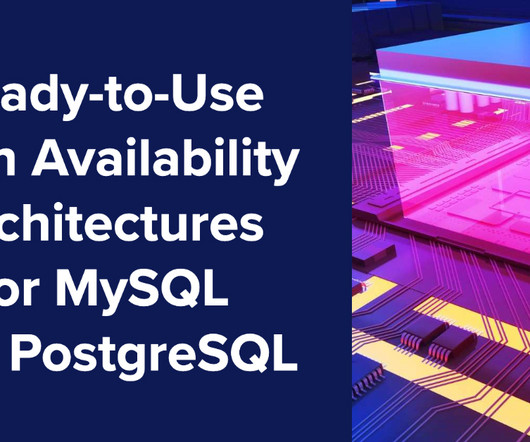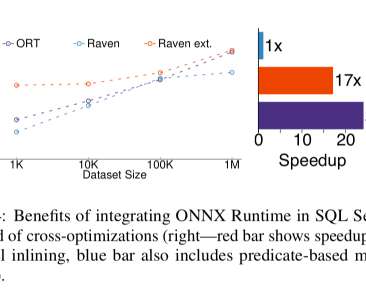What is ITOps? Why IT operations is more crucial than ever in a multicloud world
Dynatrace
DECEMBER 15, 2022
This transition to public, private, and hybrid cloud is driving organizations to automate and virtualize IT operations to lower costs and optimize cloud processes and systems. ITOps is an IT discipline involving actions and decisions made by the operations team responsible for an organization’s IT infrastructure.



















Let's personalize your content